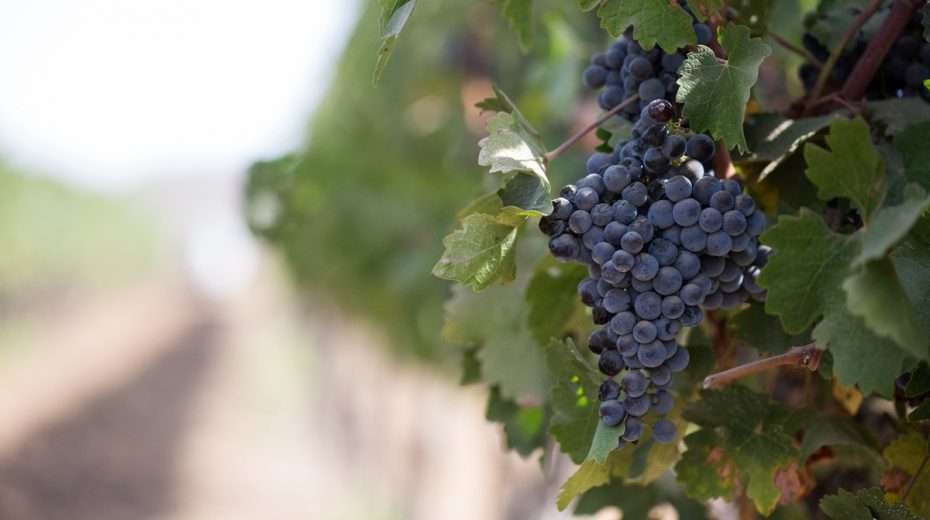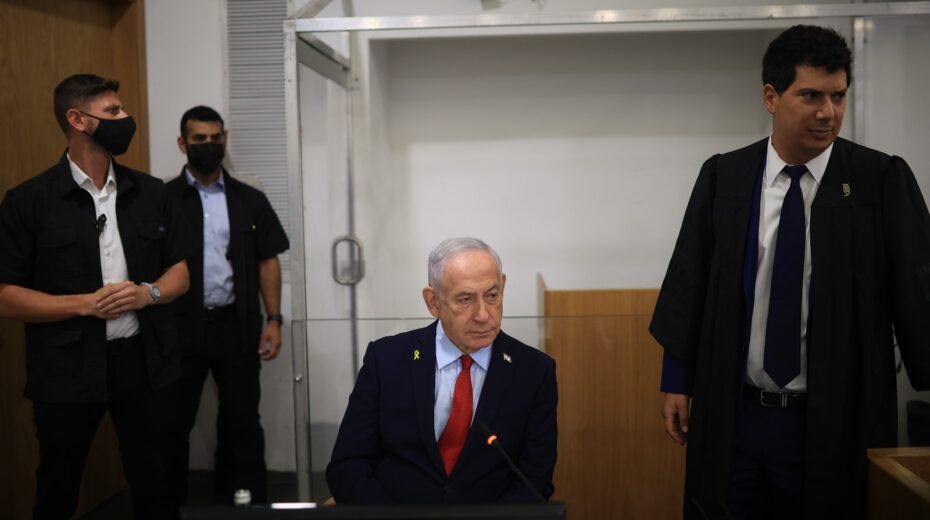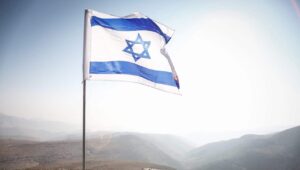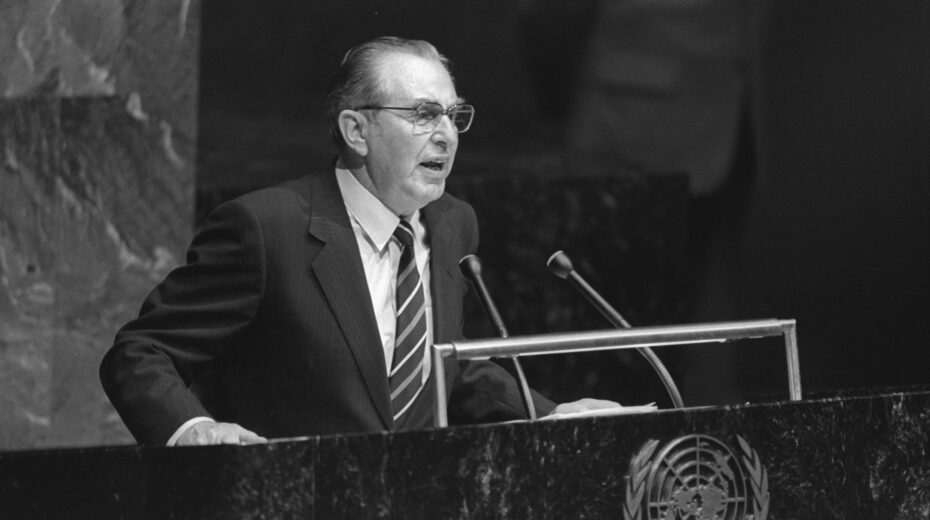Israel is always good for a surprise, and that’s so true in the Negev Desert. This blistering arid region has turned out to be a sensational growing terrain for Israeli quality wines.
David Ben-Gurion, Israel’s founder and first prime minister, was a man of firm convictions and vision. His statement “the future of Israel lies in the Negev desert” became famous. Whether the founder of the state also had viticulture in mind remains a mystery, but in 2000, inspired by Ben-Gurion’s vision, some wine lovers dared the adventure of planting vines in the Negev, one of the driest regions in the world.
Experimentation, perseverance and last but not least a sophisticated irrigation system led to success. The wine pioneers in the Negev were supported by the traditional Carmel winery. The venture was successful, because the dry climate proved to be advantageous in the way it protects the vines from fungal attack. The nocturnal coolness also promotes acid build-up in the fruit.
The Negev Wine Route runs along Route 40 between Beersheva and Mitzpe Ramon. Over the years, other winegrowers who are keen to experiment have settled here. In the meantime, more than 20 wineries invite you to linger and to taste. The Negev wines are kosher and all production is strictly monitored by rabbis. Even in the desert, grape harvest may only be gathered after the fourth year.
The seventh year, called the shmita, is a year of rest for the arable land according to the Torah. This rest period is also called a shabbaton allowing the vines to recover. Two months before each harvest land may not be fertilized and growing other plants next to vines is prohibited. In addition, vintners of kosher wines are not permitted to mix different types of wine. Finally, only religious oenologists are allowed to taste the wine before bottling. If the expert is secular, a rabbi takes over this task.
The history of the Holy Land shows that viticulture in the Negev has a long tradition. It goes back to the Nabataeans, a group of ancient north-west Arabian nomadic tribes. In the last millennium BC nomads migrated from Arabia to the area between the Red Sea and the Dead Sea. Around 500 BC the nomads moved to the east bank of the Jordan river in the area around Petra. They probably drove out the Edomites in the process. As successful caravan traders, they controlled the ancient spice route which began in Yemen through Arabia and the Negev desert to the port of Gaza.
The monopoly over the 2500 km long trade route explains their economic and political power from the fourth century BC. As nomads they lived in tents. The Roman era heralded a lively building activity among the Nabataeans. Settlements arose along the trade route: Petra as the capital in modern-day Jordan, Bosra in modern-day Syria and the commercial metropolis of Herga (Mada`in Salih) in modern-day Saudi Arabia.
In the Negev desert, the first Nabatean settlements were in Avdat, Elus (Khalutza) and Nitzana, followed by Mamshit, Schivta and Rehovot. Thanks to an ingenious irrigation system, the Nabataeans made the desert bloom.
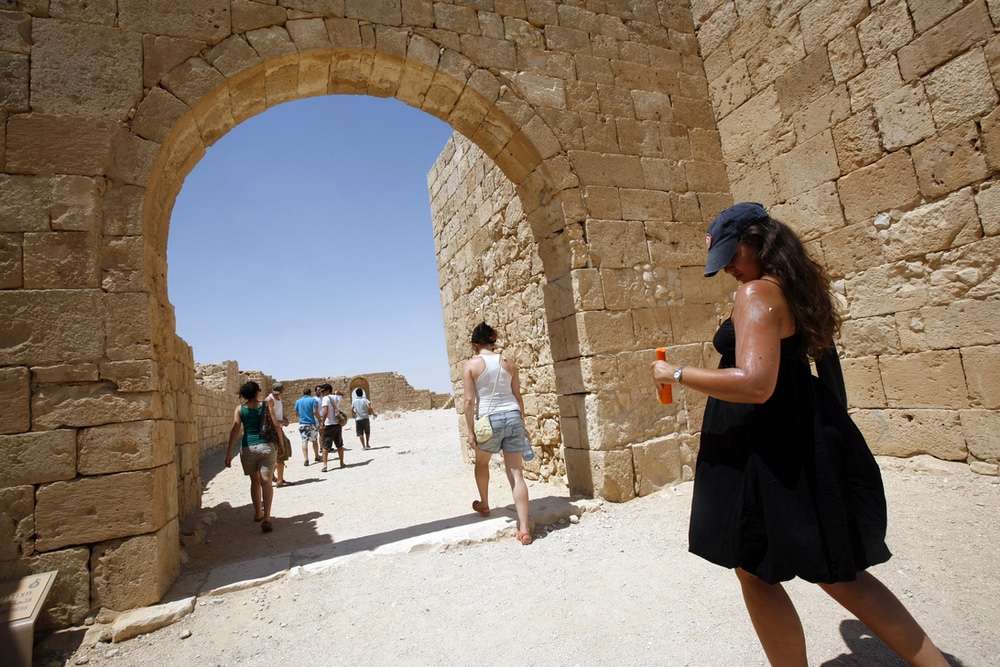
From 150 BC and up to 105 AD, nomadic tribes united to form the kingdom of Nabataea. Under Pompeius, the actually freedom-loving nomads became Roman vassals (63 BC). Aratas was still able to preserve the unity of his empire. The year 106 AD marked a decisive turning point. Under Trajan they lost their independence and were incorporated into the Roman Empire as the Roman province of Arabia Petraea, but remained the ruling caravan traders in the Negev until the Muslim invasion.
A characteristic of Roman urban planning is that the empire always sought to subdue the landscape. Not so the Nabataeans. The former nomadic people carefully integrated their settlements into the topographical conditions. At the same time, they practiced clever water management: streets caught the rainwater, which was then channeled directly to agricultural plots. In the settled desert people grew barley (as fodder for horse breeding), fruit and wine. Every single fruit tree, every vine on the fertile loess soil of the Negev desert was watered in a targeted manner.
Inspired by Nabatean cultivation practices, Israeli botanist Michael Evenari (1904–1989) developed fall water management. Evenari made a significant contribution to Israeli desert agriculture with reconstructions of fall water farms in the Negev desert. Modern Israeli farmers and winegrowers benefit from ancient knowledge of the Nabateans and Evenari’s exploration of ancient irrigation technology.
The renaissance of viticulture in the Negev desert was an arduous journey with setbacks. But the Israeli winegrowers persevered and boldly and energetically realized David Ben-Gurion’s vision of greening the desert. Their quality wines are a culinary wonder of the Negev.


